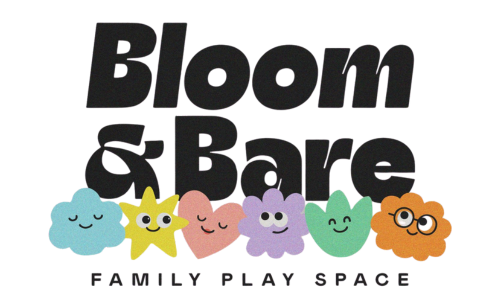What Is Messy Play?
Messy play refers to activities that involve open-ended, sensory-rich experiences using materials like flour, slime, mud, foam, or paint. These experiences encourage children to explore textures, temperatures, sounds, and smells—without pressure to “perform” or “produce” anything specific.
Think finger painting without lines to stay inside. Water tubs with floating toys and no instruction. Graffiti on the wall and messing the kitchens where splattering is celebrated.
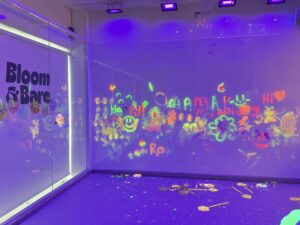
Messy play like finger painting, mud splashing, water pouring, or squishing dough,might look chaotic to adults. But to a child, it’s a world of possibility. Beneath the goo and glitter lies a powerful foundation for learning, development, and growth.
Whether it’s glowing neon paint or oversized bubble wands, messy play isn’t just fun—it’s formative. Research across psychology, neuroscience, and education consistently shows that these tactile, unstructured experiences are vital to childhood development.
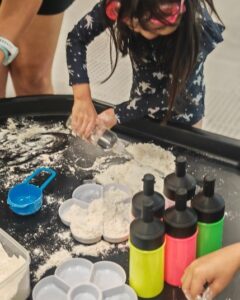
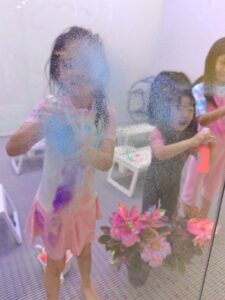
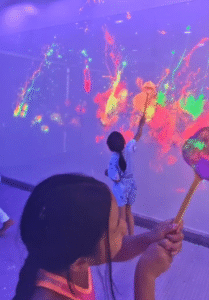
🧠 The Science Behind the Mess
Leading child development experts and researchers highlight that messy play supports critical domains of growth:
- 🧠 Neurodevelopment: Sensory input (touch, sight, movement) helps “wire” the brain in early years, forming essential neural pathways.
- 💬 Language Acquisition: Describing messy textures and actions enriches vocabulary and expressive language.
- 💪 Executive Function: Through trial and error, children build attention span, memory, and self-regulation.
- 💞 Emotional Intelligence: Messy play helps children express feelings nonverbally and cope with big emotions.
- 🎨 Creativity & Resilience: With no right answers, children feel free to explore, fail, adapt, and persist.

“Messy play allows children to explore feelings, control outcomes, and build early self-regulation.”
— Cohen, D. (2006). The Development of Play
A Sensory Superpower
Dr. A. Jean Ayres, pioneer in sensory integration theory, emphasized how tactile and movement-based play is essential—especially for children with sensory processing challenges.
“Messy play is not just a way to get dirty — it’s a way to build the brain.”
— Ayres, A. Jean. (1979). Sensory Integration and the Child.
For many children, messy play is the most natural way to feel safe, engaged, and curious—all conditions needed for deep learning to happen.
👏 Final Thoughts: Embrace the Mess
Messy play may look wild, but it’s one of the most structured ways a child makes sense of their world—on their own terms. So instead of saying “Don’t get dirty,” try saying “What did you discover?” Because often, in the messiest moments, the brightest sparks of learning begin.
by Dr Reece Lim, Bloom and Bare Sproutwise 6Q holiday program coordinator, writer and health educator
References:
- Cohen, D. (2006). The Development of Play. Routledge.
- Ayres, A. Jean. (1979). Sensory Integration and the Child. Western Psychological Services.
